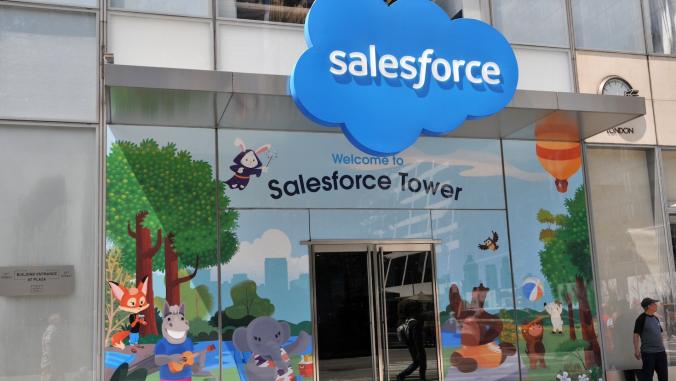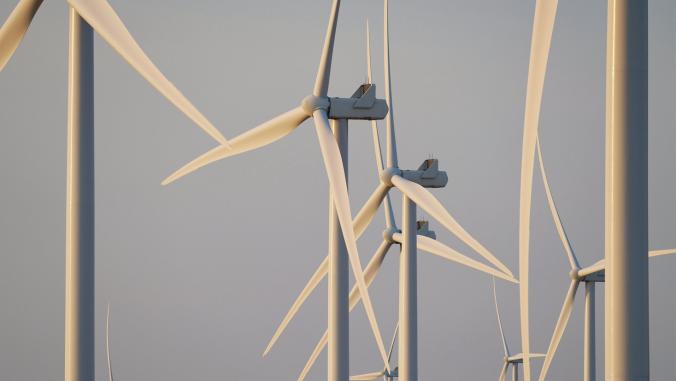The decision to place turkeys in the middle of the American Thanksgiving table reaches back to 1863, when President Abraham Lincoln declared it a national holiday. Personally, I’d rather feature cod, haddock, oysters or lobsters, which were probably more frequent entrees during the mealtimes of early settlers if you’re going for historical accuracy.
These days, of course, far more Americans are attuned to the advantage of locally sourced food. COVID-19-related supply chain disruptions have made more consumers keenly aware of just how far the items on their plates often travel.
Meanwhile, the organic and regenerative agricultural movements, while not exactly mainstream, are making many think far more carefully about the backstory of what they eat — how it was raised, grown, fertilized, watered, harvested, processed — and the impact of all those practices on the planet.
As someone who most often follows a vegetarian or pescatarian diet, I’d like to suggest it’s time to extend our focus on cultivating regenerative food systems from the land to the sea. I’m specifically talking about "regenerative ocean farming," a burgeoning aquaculture concept pioneered by nonprofit GreenWave that advocates the creation of small operations (maybe 20 acres) that grow shellfish, kelp and other sea vegetables along regenerative reefs — maybe even among the footing of offshore wind farms.
The nonprofit’s mission is to encourage the development of at least 10,000 farms, along with the infrastructure to process and prepare what's raised there for market. It also seeks to inspire the financing and business relationships that will be required to create demand for these fruits of the sea so that these farmer-entrepreneurs can build a livelihood. A tall order.
The focus on coastal waters and on things that can’t swim away is very intentional, and it’s a big departure from the multi-million-dollar investments usually required to establish a major fish farming operation. "Plants are easier to grow than animals," GreenWave co-founder and executive director Bren Smith told me.
Regenerative ocean farming is a triple threat when it comes to providing climate and social benefits ...
Kelp food and recipes are finding a following — ranging from jerky to pickles (as in the photo above) to popcorn and salads, of course. According to Smith, regenerative ocean farming is a triple threat when it comes to providing climate and social benefits: kelp and other seaweeds, which grow quickly, can sequester carbon dioxide more effectively than some of their land-based leafy cousins such as kale or lettuce; artificial reef structures can provide coastal ecosystem benefits in the form of wild fish habitats and other biodiversity boosts; and the model also can help bring back jobs to local communities that have long relied on the sea for their livelihoods.
The latter point has me particularly intrigued on the eve of Thanksgiving, and there are more examples of progress emerging every day. An Indigenous climate advocate in Alaska, Dune Lankard, hopes to use regenerative ocean farming to rebuild an ocean economy for members of the Eyak Athabaskan Native community to which he belongs and to provide an alternative for the herring trade that has been largely depleted in the Copper River Delta. This could be "one of the first real green jobs that makes sense for the Natives" and other fishermen, Lankard said in a recent article about the potential for building a seaweed industry.
In New Zealand, nearly 30,000 acres have been set aside for aquaculture by the Indigenous Māori community, another region where regenerative ocean farming could play a larger role. Many of these communities are eager to reclaim what many see as their birthright.
More evidence: An indigenous group in Canada, the Membertou and Miawpukek First Nations tribes that are part of the Mi’kmaq community, last week netted a $1 billion-ish buyout deal to take over a huge lobster fishing operation, Clearwater Seafoods. Other tribes are interested in becoming partial owners. "For so many years, our communities were not welcome to participate in big industry. Today, on our own terms we are 50 percent commercial owners," Chief Terrence Paul wrote in a letter to the community members.
Aquaculture is generating plenty of headlines as we stare ahead into 2021. Just last week, Publix Super Markets began sourcing salmon from an innovative land-based salmon farm run by Atlantic Sapphire in southern Florida. That company hopes to raise 220 metric tons annually by 2030, the equivalent of nearly 1 billion salmon meals.
As someone who could consume finfish or shellfish pretty much every day (but ironically, not salmon, my most serious food allergy), I’m certainly biased in thinking that ocean farming needs to be a more regular part of the dialogue on regenerative food. But considering that the United Nations Food and Agriculture Organization figures that aquaculture is likely to account for close to 60 percent of global food consumption by 2030, compared with 52 percent now, the business case is also pretty compelling.
Americans aren’t as hooked on fish or sea vegetables as our Asian counterparts, which means it might be difficult to swap out that green bean casserole for a kelp salad on Thanksgiving tables this year. But as taking action on climate change becomes a more regular part of the national dialogue and we take a much closer look at food systems in a post-pandemic world, regenerative ocean farming needs to be part of the solution.






